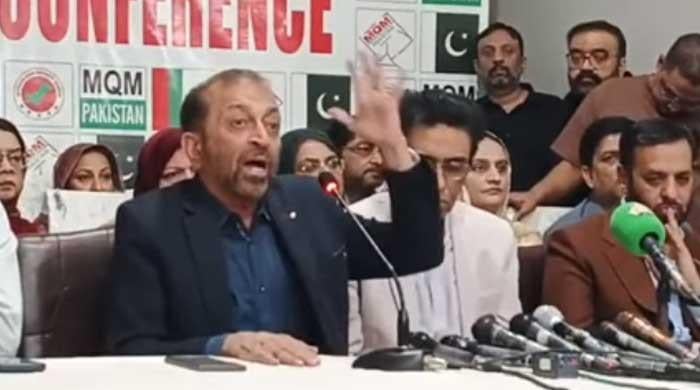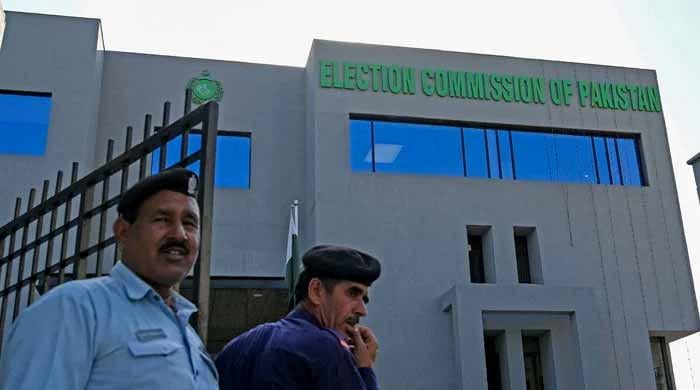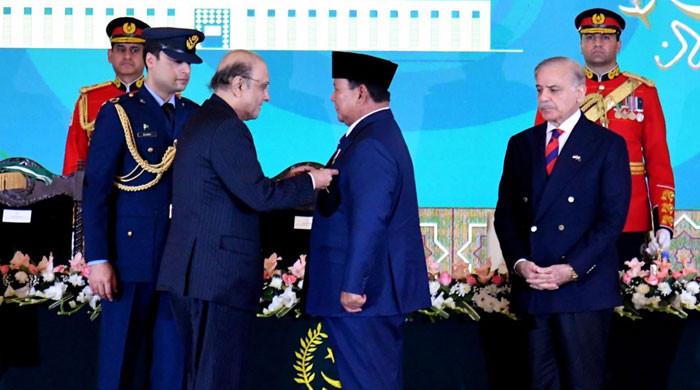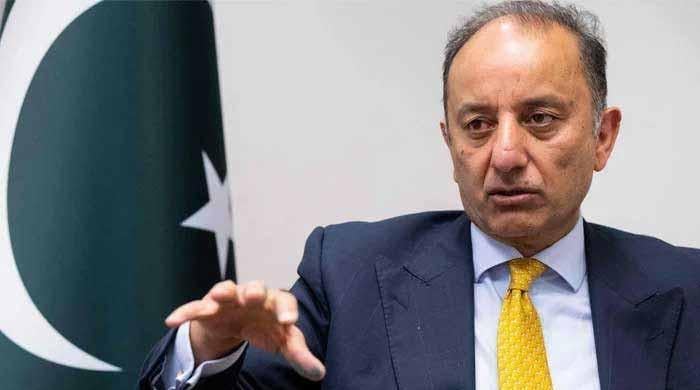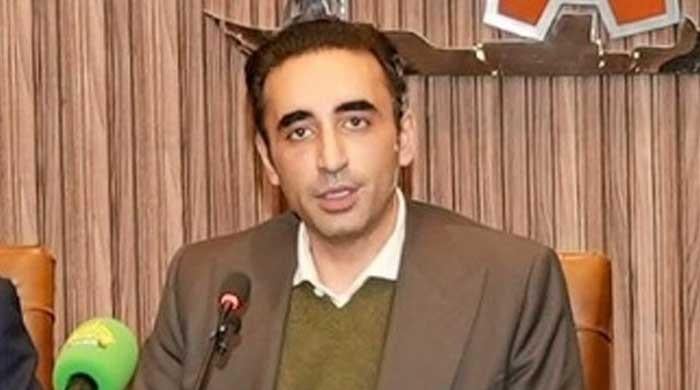Pakistan-India talks could restore stability in region amid fragile ceasefire: experts
Conflict has resulted in a hardening of both country’s position towards the other, says IISS senior fellow
May 28, 2025
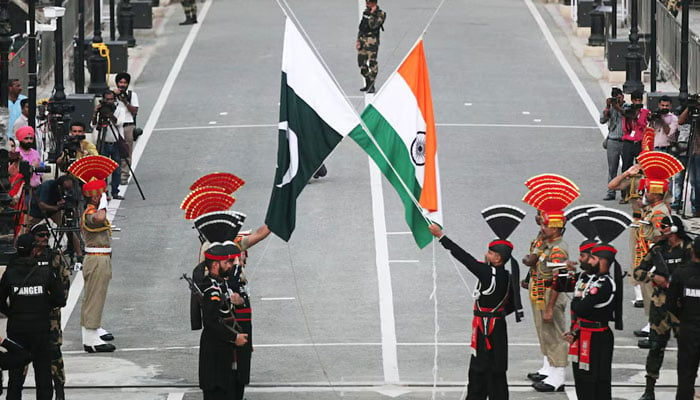
LONDON: Experts at a leading defence strategy think tank have feared that the ceasefire between Pakistan and India remains fragile and the talks between the two South Asian rivals at a neutral or third-party country could help restore stability in the region.
The discussion was arranged at the International Institute for Strategic Studies (IISS), a London-based think tank, titled ‘The India-Pakistan military conflict and prospects for regional stability and security” to discuss what really happened when the two countries went to war a few days ago and the conflicting narratives and the aftermath.
In response to the Pahalgam attack on April 22, India launched missile strikes in Pakistan on the night of 6th and 7th May. This led to a Pakistani counter-response and subsequent exchanges of drone and missile strikes and shelling across the Line of Control (LoC) by both countries, till a ceasefire was first announced by US President Donald Trump on May 10.
Rahul Roy-Chaudhury, IISS Senior Fellow and Head of the South and Central Asian Programme, noted that there has been a sea of misinformation and disinformation from media and governments during the war, enabling both countries to proclaim victory and the successful attainment of their military objectives.
He said: “The conflict has resulted in a hardening of both country’s position towards the other. India’s revised counter-terror doctrine, based on the next terror attack being an ‘act of war’, has created a new spectrum for future conflicts of potentially deadly nature. Pakistan has described the suspension of the Indus Water Treaty (IWT) as an ‘act of war’ to which it would respond ‘with full force across the complete spectrum of national power’; and has suspended the Simla Agreement that validates the LoC.”
Rahul Roy-Chaudhury said that the fact that Pakistan’s Army Chief Asim Munir has been promoted as Field Marshal, shows that he “has emerged stronger and more popular after the contrast”.
“The regeneration of private and informal ‘track 1.5’ dialogues between Indian and Pakistani senior officials and influential experts held in third-party countries provide the best immediate prospect of a return to regional stability,” he added.
IISS expert Desmond Bowen said that before April 22, 2025, South Asia seemed to be a beacon of tranquility in comparison to Europe, Africa and East Asia. “This has now gone. The risk register of South Asia is back at the top of international concerns. He said: “This conflict was not a self-regulating outbreak of violence. There was a need for outside intervention, which came from the UK, France, Saudi Arabia, UAE and the US. Although this started with the Pahalgam, the follow through came from both India and Pakistan. Both sides were willing to take risks in how they escalated the conflict.”
He said that both India and Pakistan don’t afford a war or the continuation of hot conflict. He said that Pakistan had serious economic issues to deal with and a major conflict is not suitable to India as it seeks to lead in tech outsourcing and increase its technical capabilities. He said the risks had increased on both sides and it’s also proven that the world is interested in the possibility and avoidance of nuclear war.
IISS expert Antoine Levesques said that India and Pakistan have absorbed lessons from the Russia-Ukraine conflict in terms of the use of drones and missiles and the ability to use escalation as defence. He said the National Command Authority meeting called by Pakistan on the night of Friday May 9, which was later called off, was important. “Regarding technology, there was the involvement of foreign tech, specifically Chinese versus Western origin defence technology. The misuse and misfiring are still not clear but will be important. There was no sign of joint command control with China, although there is some discussion on the use of satellite imagery,” he said.
IISS Viraj Solanki noted that the conflict has put India and the USA at the opposite sides as far as narratives matter. He said President Donald Trump has repeated his statement that the US mediated the ceasefire in multiple speeches and talked about mediating a resolution to the Kashmir dispute.
“This has also become a domestic political issue in India, including questions on whether India had accepted third party mediation on Kashmir, which the government has rejected. Pakistan welcomed the US role in ‘facilitating the outcome’ of the ceasefire and mention of wider resolution of the Kashmir dispute, but objected to India’s version of events.”




